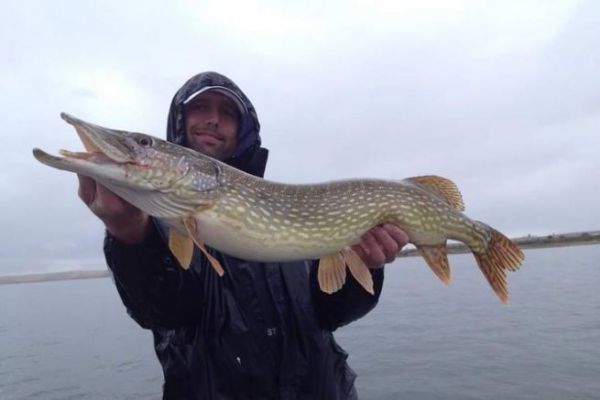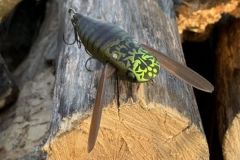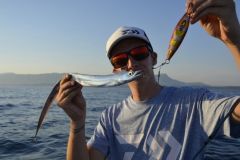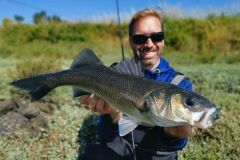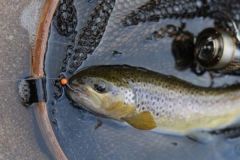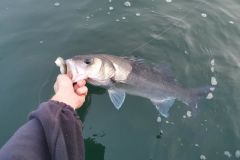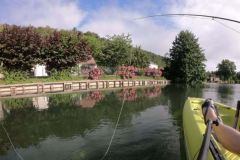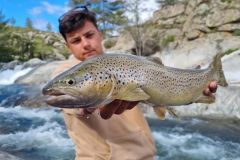The variety of lures on the market means that there are an infinite number of possible combinations available in terms of vibration, sound and visibility. Faced with our fishing boxes, it's not always easy to know which lure to start with. Without taking into account the criteria of swimming depths or vibrations, here are a few basic rules concerning the links between weather, color and sound.
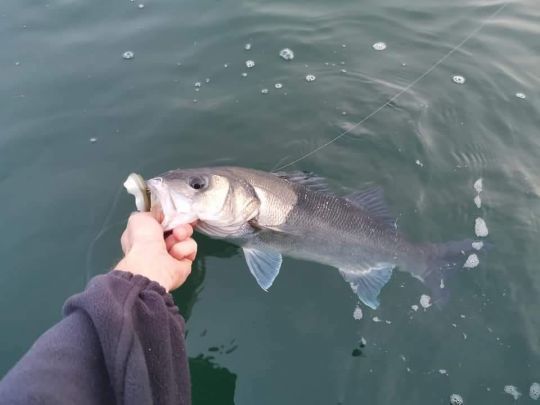
Provoke or imitate
First of all, it's important to understand that the sound and color of our lures are designed to respond to two distinct strategies in lure fishing. The first is to imitate, in the primary sense, a prey and to respond to a logic of approach as natural as possible. And that of provoking and playing on the aggressiveness of predators.
In reality, these two possibilities often correspond to the predator's state of activity. Either they're totally lethargic or, on the contrary, in an active phase, in which case we'll play on their aggressiveness and try to provoke them. Or they're in a "normal" phase, in which case they're more opportunistic than hunters, and we'll try to offer them a natural lure. But these possibilities are also highly dependent on the characteristics of the environment and weather conditions.
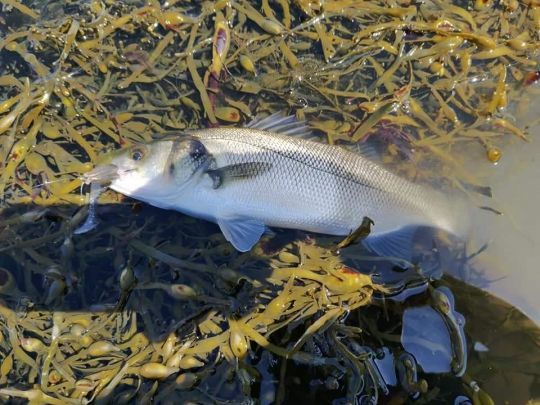
Brightness and noise factors
In nature, the visibility of a lure depends on the conditions of the environment fished, and these can change over the course of a season, but also over the course of a day, which is why we must constantly adapt. The color of the water, of course, but mainly the height of the sun, shade, cloud cover and wind will modify the luminosity of the surrounding environment.
On a sunny, windless day in clear water, the light and therefore the visibility of our lures will be at their best.
On the contrary, if the weather turns cloudy and the wind picks up, our lures will become much less visible. Similarly, waves and surf caused by the wind create noise and tend to render our lures inaudible.
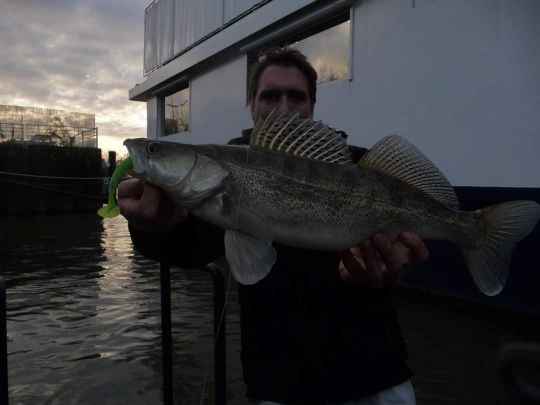
To be visible or invisible
In this context, the aim is either to make our lure perfectly visible in a particularly dark and noisy environment or, on the contrary, to make it invisible (or discreet) in a calm environment where visibility is extremely important.
Adapting to ambient conditions
So, even though they remain general rules and not a truth, when the water is clear, the sky is clear and the surface of the water is smooth we're going to favour discretion and choose lures with a discreet sound, natural colors and a touch of transparency.
On the contrary, when visibility conditions are poor, i.e. with a heavy sky and wind that creates light-diffracting waves (and all the more so if the water is heavy), we'll steer our choice towards flashy-colored lures with beads.
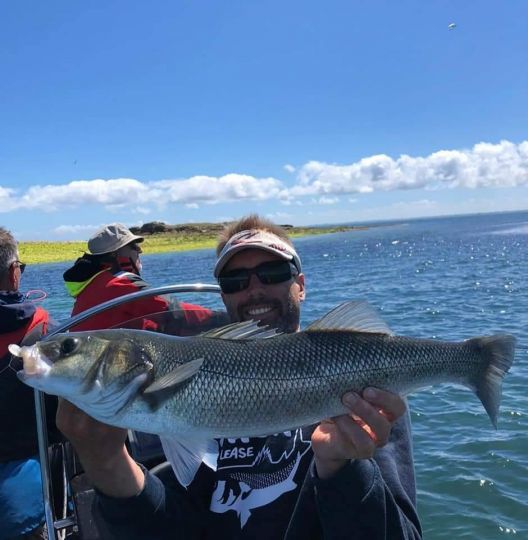
But sometimes it's the other way around!
Obviously, as we said earlier, it's the fish that choose, and sometimes they can be particularly confusing. So in the absence of bites, don't hesitate to go against the rules and throw a big, flashy, noisy lure into smooth, clear water on a sunny day!
